Motor Controller
The 'brain' for the engine provides the correct energy conditioning and control. Since the motor has no sliding contacts, electronics must take over this. A very effective power control is achieved in this way, Losses are minimized and the performance of the battery is optimally utilized. You will also find other devices for energy and battery management here
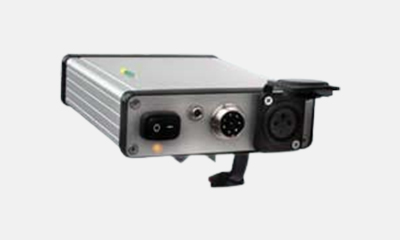
Convenient controller MC-5.3 for BLDC motors up to 350W in the voltage range (battery) 24-48V.
All switches are electronic. The battery indicator, if needed, is an energy meter, not a simple voltage indicator,
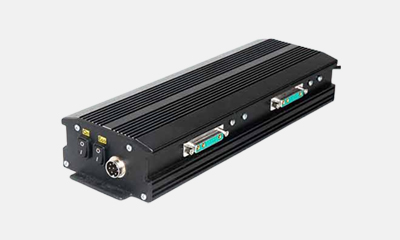
Motor controller PDMC-7.2 for controlling 2 BLDC motors up to 1kW each for the voltage range (battery) 24-48V.
The motors are controlled in opposite directions so that a vehicle with 2 driven wheels can be realized.
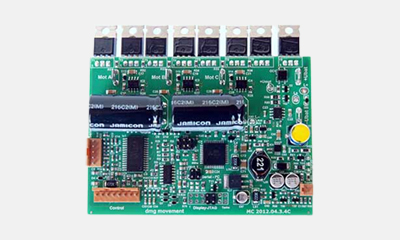
Controller board MC-5.3P for controlling BLDC motors up to 350W for the (battery) voltage range 24-48V.
All switches are electronic. The motor can be controlled either with sine or block commutation.
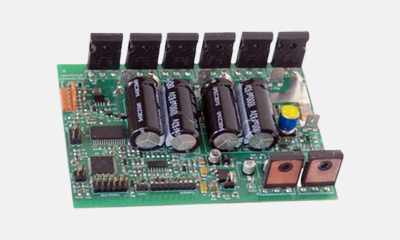
Controller board PMC-6.8 P for controlling BLDC motors up to 1kW for the (battery) voltage range 24-48V.
All switches are electronic. The motor can be controlled either with sine or block commutation.
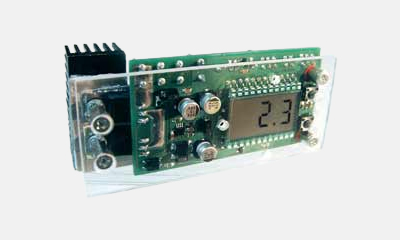
Electronic battery management AM2 for installation for LiIon, Li-FePo or lead batteries
protection of the battery against deep discharge, overtemperature, excessive charging or discharging current and overvoltage when charging
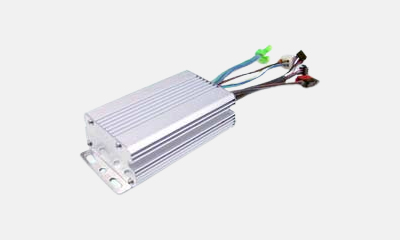
Simple, inexpensive control for 250W motors without additional functions for 36V.
A maximum current limit of 15A is included. The control is block commutated.It is controlled either with a handle, potentiometer or via a control voltage.
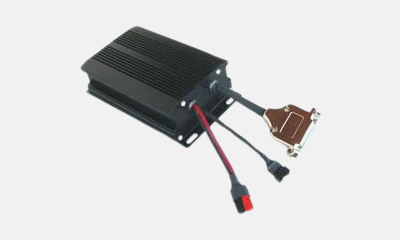
Simple, inexpensive power control without additional functions for 36V.
Design for operating motors with 500W power. The control is block commutated. It is controlled either with a handle,